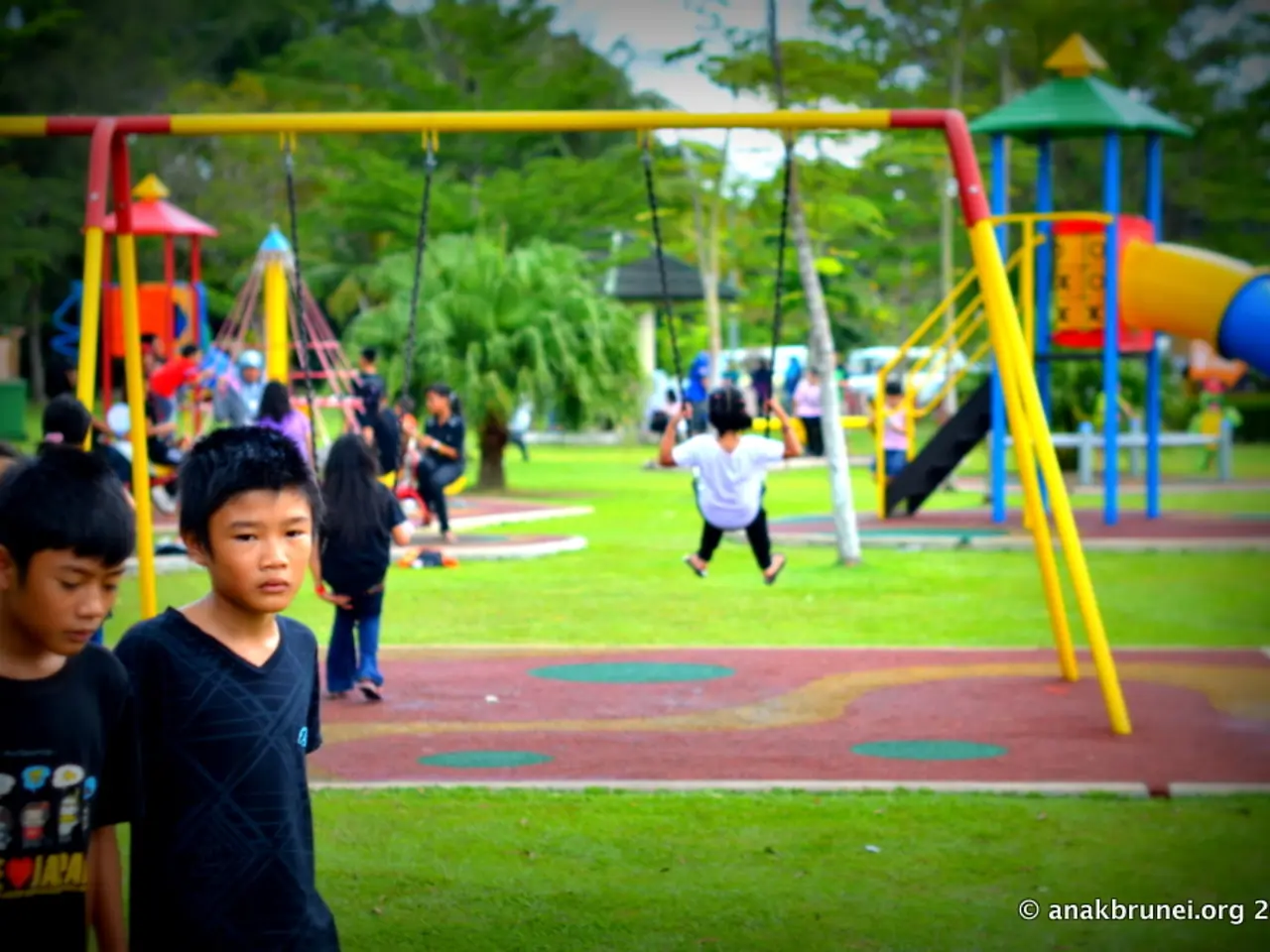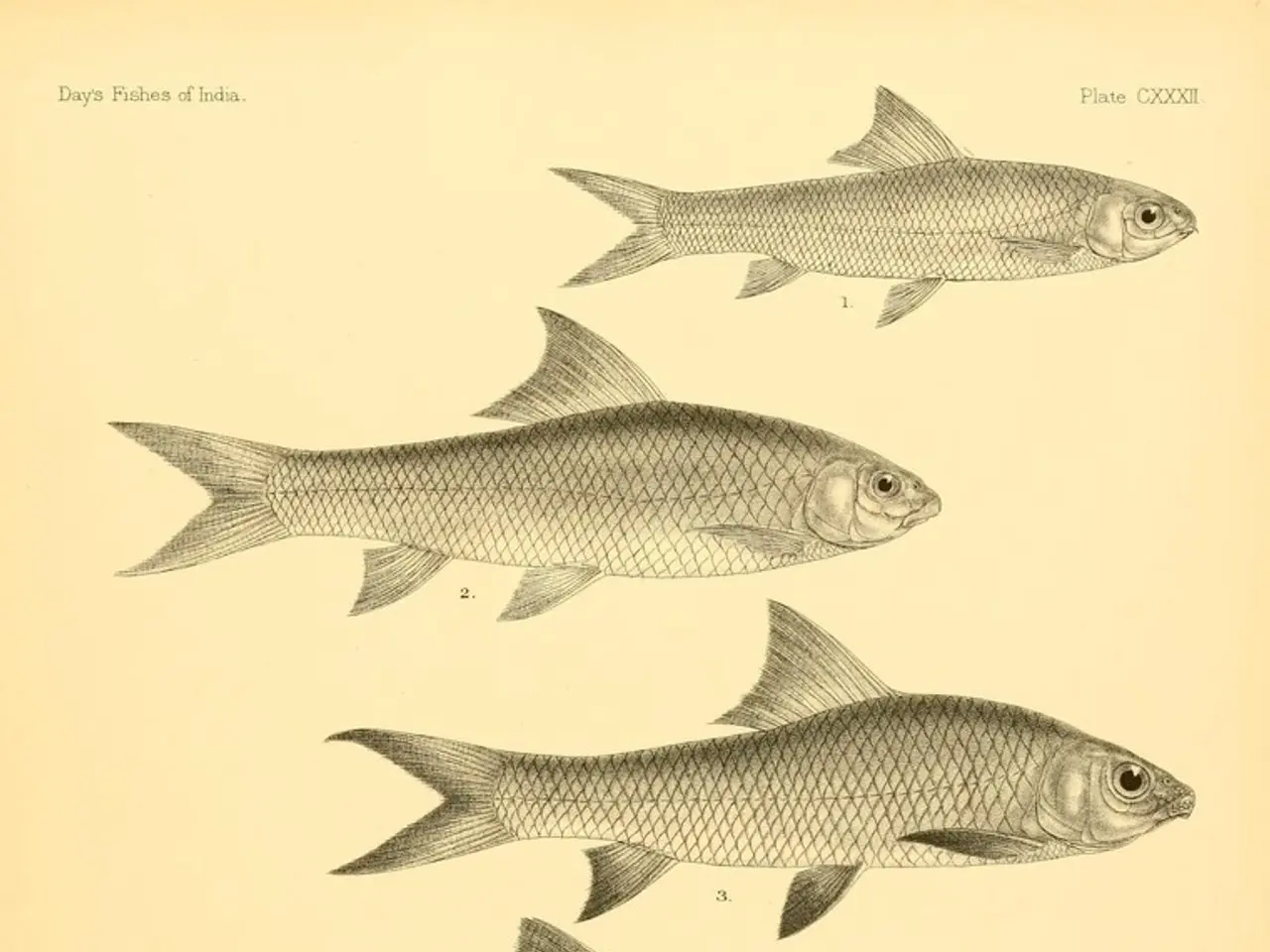Exploring Outdoor Education: 7 Digital Platforms foster Awe-inspiring Outdoor Knowledge
Digital Tools Transform Outdoor Learning Experiences
In the digital age, learning about nature has never been more engaging and accessible. A plethora of online platforms and apps are revolutionising outdoor education, fostering curiosity, collaboration, and ecological understanding among students.
Udemy and Coursera offer wilderness survival courses, teaching essential skills such as fire-making, shelter construction, and water purification through step-by-step video demonstrations. YouTube's photography education channels provide free tutorials on landscape composition and wildlife behavior photography. For those interested in birdwatching, Merlin Bird ID instantly identifies birds through photos, sounds, or descriptions, and includes real-time bird activity in the user's area.
iNaturalist is an app that turns children into scientists, contributing to global biodiversity research by photographing and identifying plants, animals, and insects. National Geographic Kids offers hands-on nature activities that encourage outdoor exploration while building scientific observation skills. Audubon's educational platform provides comprehensive bird identification tools, habitat restoration guides, and seasonal migration tracking activities for K-12 students.
Online platforms offer virtual national park tours, interactive wildlife cameras, and educational programs for nature exploration. National Park Service offers live ranger-led virtual tours of iconic locations like Grand Canyon and Yosemite with real-time Q&A opportunities. WWF's virtual field trips connect students directly with WWF researchers working in places like the Amazon rainforest and African savannas, providing real-world conservation insights.
Gaia GPS offers professional-grade navigation tools through topographic map, satellite imagery, and offline capabilities essential for backcountry adventures. Premium subscriptions to Gaia GPS unlock specialized maps for hunting, skiing, and marine navigation applications. For those learning the basics, Gaia GPS teaches coordinate systems, waypoint marking, and route recording. Advanced skills like triangulation and bearing calculation are also covered through hands-on practice.
CreativeLive's nature photography workshops offer structured learning paths from beginner to advanced levels. National Geographic's wildlife photography courses teach composition techniques through expert-led video lessons and real-time feedback sessions. Craftsy's nature journaling classes combine artistic techniques with scientific observation skills, while The Laws Guide to Nature Drawing provides step-by-step instruction in botanical illustration and wildlife sketching techniques.
Interactive technologies like QR codes, programmable toys, AR, and digital storytelling create multimodal engagement that appeals to diverse learners and bridges physical interaction with digital exploration. Weather Underground provides accessible weather data and educational tools for hyperlocal weather observations and citizen science opportunities. Climate.gov delivers interactive climate science resources that help students understand long-term environmental patterns and climate change impacts.
Google Earth VR provides immersive landscape exploration of national parks, offering aerial perspectives, ground-level views, and weather data. PlantNet identifies plants from photos of leaves, flowers, fruits, or bark with remarkable accuracy. Mountain Project's photo guides show key route features and anchor locations for rock climbing enthusiasts.
Yellowstone National Park's online educational resources include live webcams, downloadable curriculum packets, and interactive maps. AllTrails is an app for trail discovery and planning, offering route information and reviews from other hikers. Community-driven content ensures up-to-date conditions and seasonal access information for climbing destinations.
Finally, Audubon's eBird citizen science platform allows students to contribute real data while developing field research skills and connecting with a global community of bird enthusiasts. The World Wildlife Fund's educational conservation programs offer free classroom resources with interactive lesson plans covering endangered species protection and habitat conservation across six continents.
In summary, these digital tools blend interactive technologies, creative digital media, and environment-focused data collection, all wrapped in supportive teacher resources and outdoor classroom frameworks. They encourage active, hands-on learning outdoors, fostering curiosity, collaboration, and ecological understanding among students.
- Udemy and Coursera provide tutorials on wilderness survival skills, blending digital media with outdoor education.
- The National Geographic Kids app offers hands-on nature activities that encourage scientific observation skills.
- Google Earth VR offers an immersive landscape exploration of national parks, combining digital technology with outdoor exploration.




